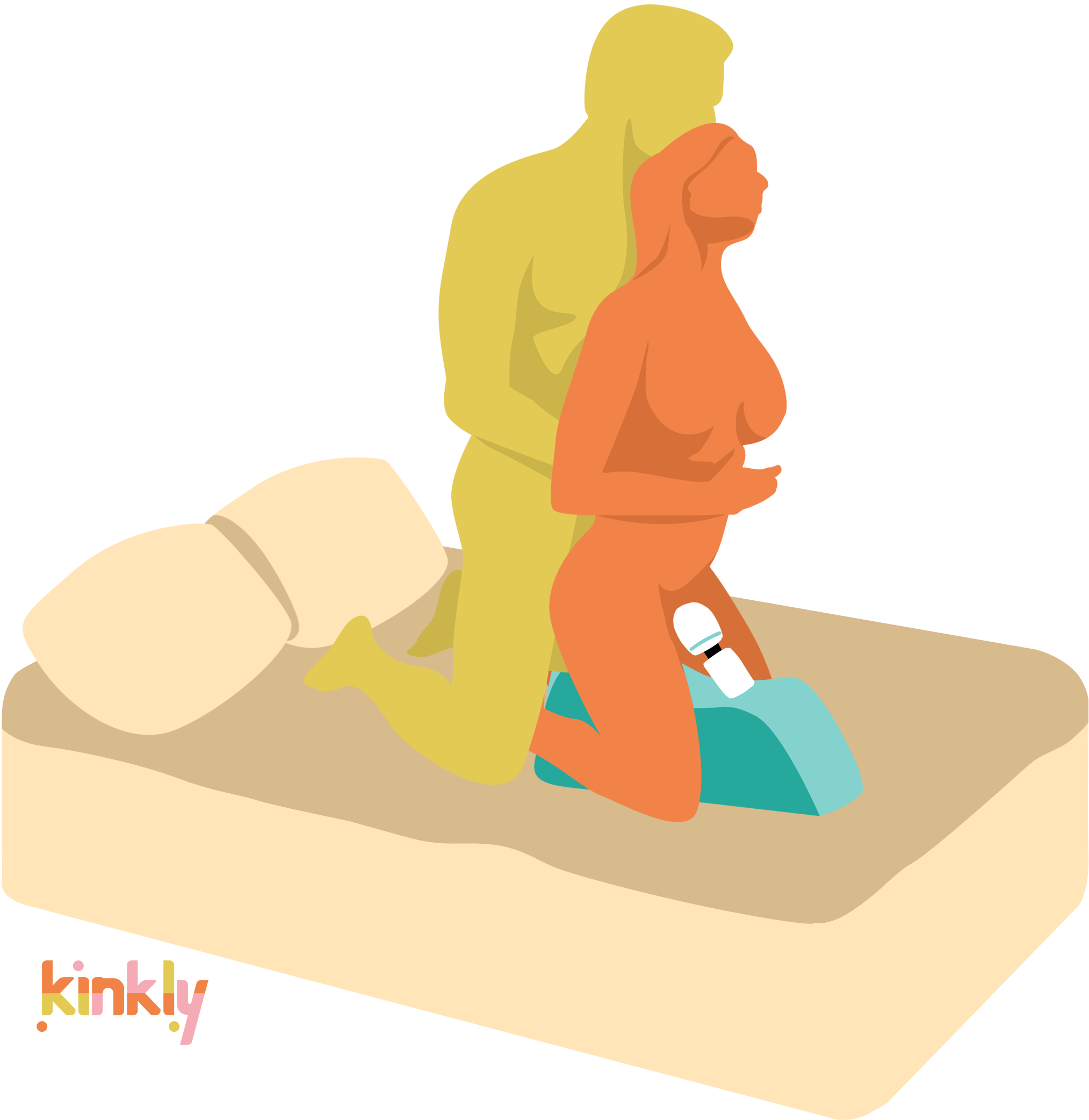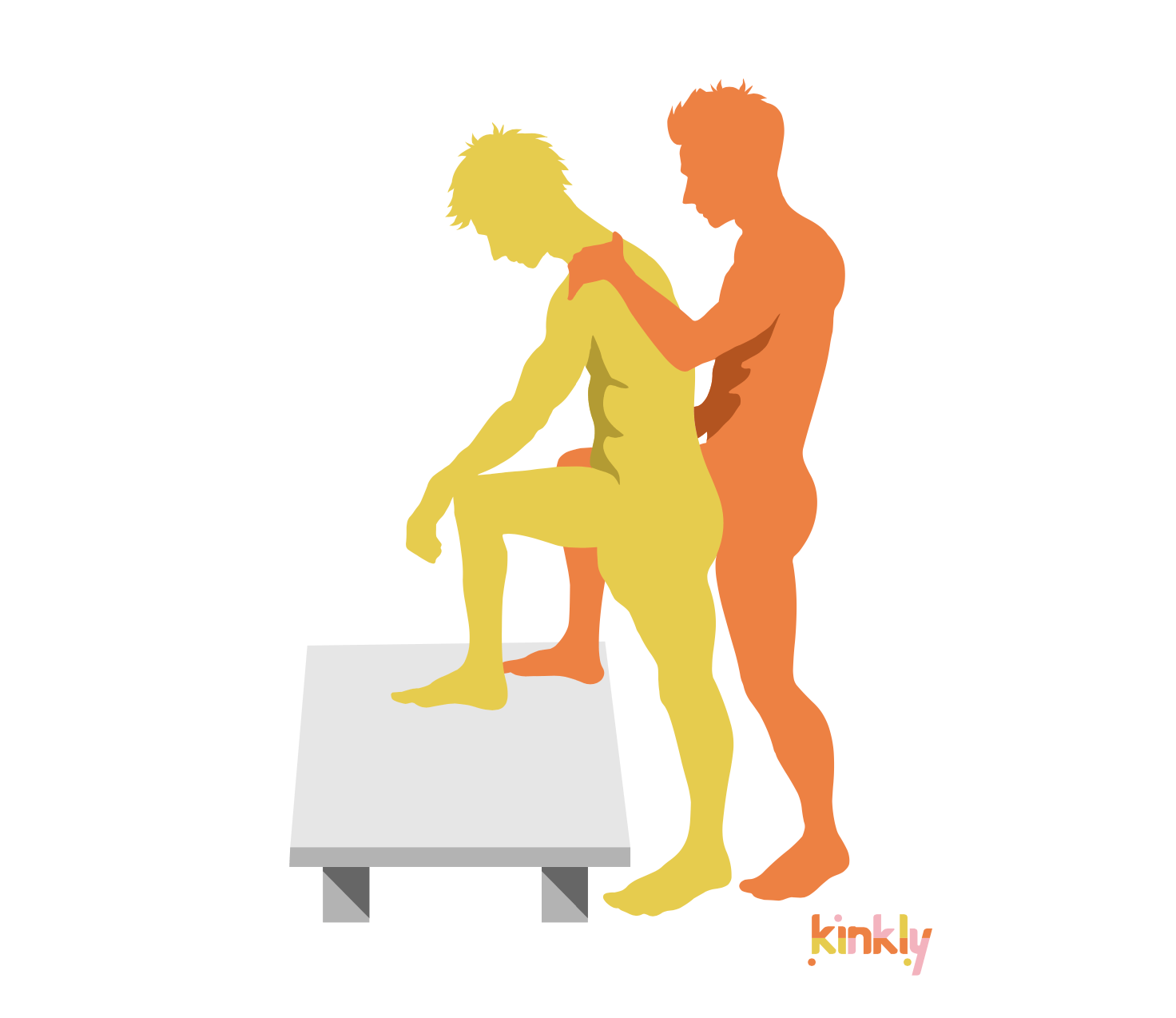Caning is a form of BDSM impact play wherein one person strikes another’s body with a cane to cause pleasurable sensations of pain. Rooted in traditions of administering caning lashes as a form of corporal punishment (something that does still happen in some jurisdictions), caning has evolved to be a desired sexual activity and lends itself well to role-playing scenarios where corporal punishment might be administered.
Caning is not exclusive to any particular sexuality or gender—many different people who are into impact play enjoy caning.
Because it falls under the BDSM umbrella of kinks and fetishes, caning can be a standalone activity or it can be combined with others, including Dominance and submission, bondage, role play, power exchange, humiliation and punishment and much more.
As with all types of sexual activity, risk-aware, on-going, enthusiastic consent is paramount. Check in often with your partner that they are still into the scene and want to keep going in the same vein. Establish a safeword or action and abide by it and have an aftercare routine mapped out.
Canes used for impact play can be made of a variety of natural and synthetic materials. The most common natural material is rattan, a palm plant. Some types of synthetic canes are made from nylon and acrylic. Most canes are made from materials that offer flexibility to create a whipping sound as they move to the point of impact. Some user prefer harder materials, such as metal, but this is not frequent. Contrary to popular belief, bamboo is not a recommended cane material. It is brittle and easily breaks and splinters, which can cause injury.
There are two general types of canes that produce two distinct sensations. Thinner canes will produce a sharp, stinging sensation that are more akin to a whip and will be more likely to break the skin and cause cuts. Thicker canes produce a thudding sensation, longer-lasting feeling that is closer in sensation to using a paddle. These impacts are more likely to leave deep bruises on the skin.
More About Caning
Impact play is a popular activity in BDSM that can be performed in many ways. Caning is considered an advanced form of striking for pleasure because canes can cause significant damage when not used properly or if the person doing the striking is new to the activity.
People who are receiving blows from a cane should also be experienced in other forms of impact play so they can anticipate the potential pain that a cane can cause. Regardless of the experience level, in a caning scene where one or both of the participants are new to using a cane, a hyper-cautious, patient approach is highly recommended over jumping right in and swinging for the fences.
If you are interested in caning another person, you must become familiar with how a cane works, and understand techniques. Canes have flex, canes move quickly and canes can truly hurt.
When you choose your first or a new cane, practice swinging it to get a feel for how it moves through the air and how it strikes an object. Find something other than a person to practice on so that you can experiment with different techniques, including varying the point of impact, hitting with the tip and different speeds and strengths of swing. Try it on yourself to get a feel for the discipline you will be delivering and to determine what an appropriate amount of force will be to start off and the different sensations on various parts of your body.
Of course, nothing will replace the live experience with a partner, and an inanimate practice object won’t be able to give feedback. When you play with a person, frequently check in and ask for feedback on their experiences and to ensure their on-going enthusiastic consent.
Here’s a quick tip to remember...about the tip. As you experiment with point of impact, remember that the tip of a cane will continue forward motion if it is not the point of contact on a person’s body. Because canes are flexible, that tip will continue and may end up hitting the person in a much more sensitive area, depending on the angle and speed of impact.

















